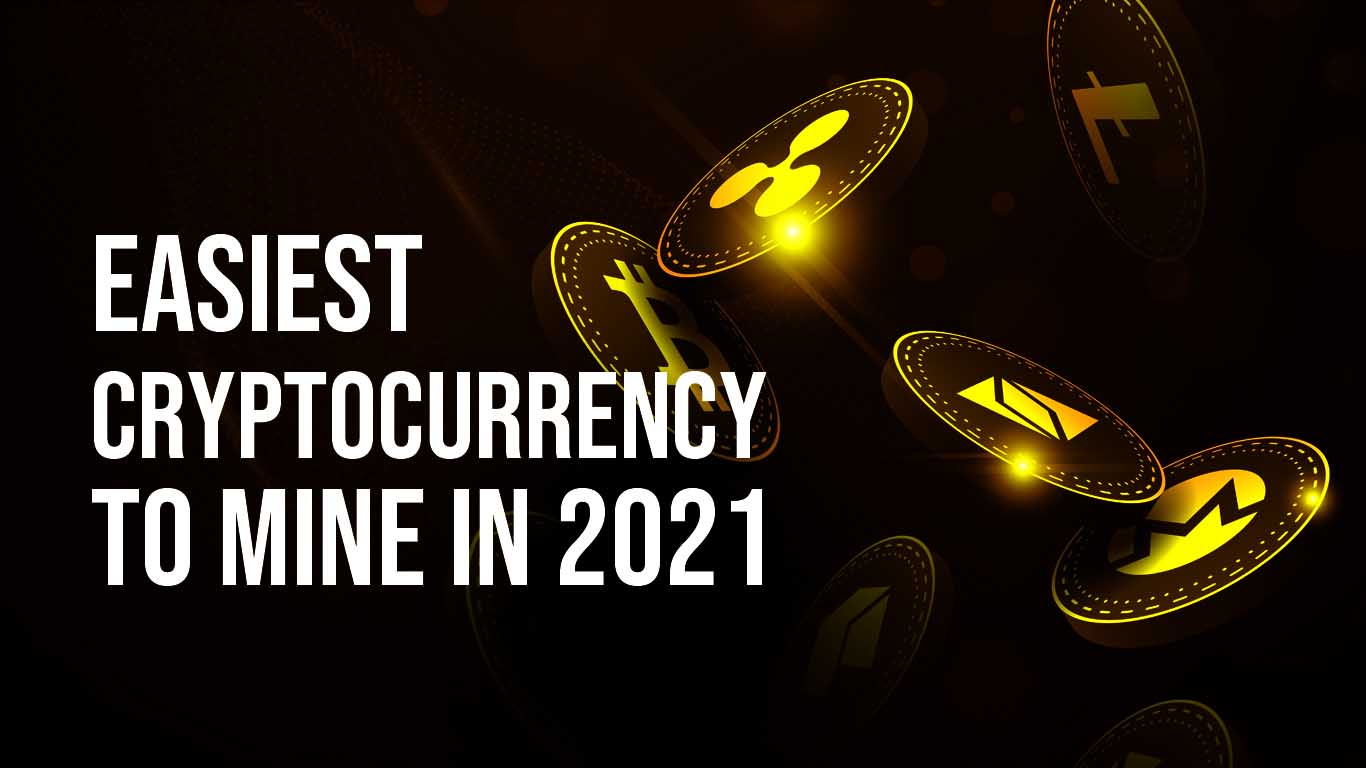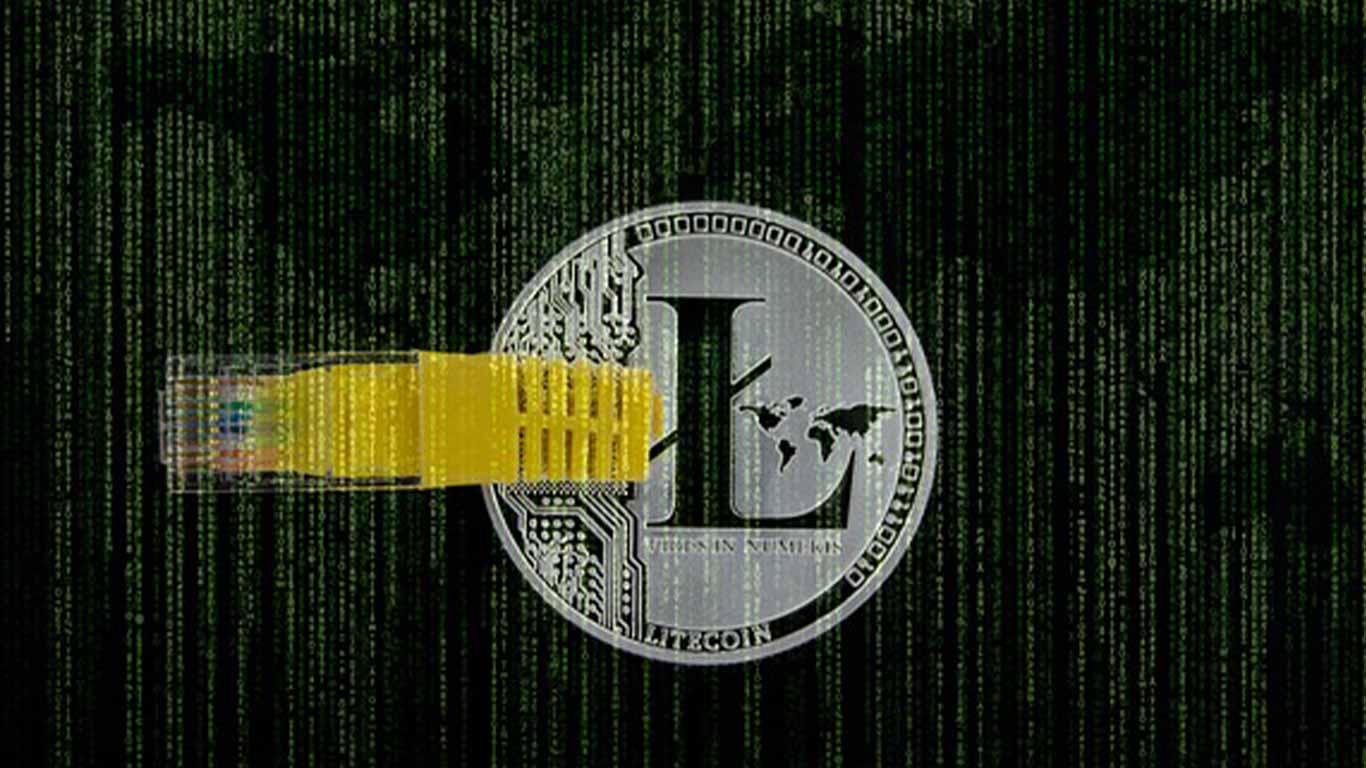In the rapidly evolving world of cryptocurrency, Initial Coin Offerings (ICOs) have emerged as a significant force, reshaping the landscape of crypto mining ventures. These innovative fundraising mechanisms, including ICOs, STOs, and DAOs, have revolutionized the way projects garner support and democratize investment. As we delve into the multifaceted role of ICOs, it is crucial to understand their evolution, mechanics, and impact on the future of crypto ventures. This article navigates the new frontier of ICOs, offering insights into their strategic importance and the opportunities and challenges they present for investors and startups alike.
Key Takeaways
- ICOs have transformed crypto venture funding by enabling direct public investment, exemplified by Ethereum’s landmark ICO in 2014.
- The rise of ICOs has led to the creation of new fundraising models, such as STOs and DAOs, which offer enhanced governance and security features.
- While ICOs democratize investment opportunities, they also pose risks due to regulatory scrutiny and the potential for fraudulent schemes.
- ICOs provide a strategic funding avenue for startups, offering a win-win scenario for both ventures seeking capital and investors looking for early-stage opportunities.
- The future of crypto ventures and ICOs is intertwined with ongoing innovations and the broader transformation of the global economic system.
The Evolution of Crypto Mining Ventures


From PoW to ICOs: A Paradigm Shift
The journey from Proof of Work (PoW) to Initial Coin Offerings (ICOs) marks a significant transformation in the crypto landscape. The shift from mining to fundraising represents a democratization of access to the crypto economy.
The PoW model, pioneered by Bitcoin, allowed individuals to secure the network and earn tokens through mining. This process, however, grew to necessitate substantial hardware investments, raising entry barriers. In contrast, ICOs emerged as a new model, enabling projects to raise funds by selling tokens directly to the public, thus broadening the investor base.
Ethereum’s ICO in 2014 catalyzed this shift, setting a precedent for modern crypto fundraising and inspiring a multitude of similar ventures.
Despite the initial enthusiasm, ICOs faced challenges, including regulatory scrutiny and the need for sustainable development. The table below highlights the contrasting aspects of PoW and ICOs:
| Aspect | Proof of Work (PoW) | Initial Coin Offerings (ICOs) |
|---|---|---|
| Access to tokens | Mining | Direct purchase |
| Entry barriers | High (hardware cost) | Low (financial investment) |
| Network security | Miners | Smart contract protocols |
| Capital raising | Not applicable | Token sales |
As the crypto sector continues to evolve, it is crucial to understand the implications of these shifts and the new opportunities they present.
Ethereum’s ICO: A Blueprint for Modern Crypto Fundraising
The Ethereum ICO in 2014 set a precedent for modern crypto fundraising, showcasing the potential of Initial Coin Offerings to transform the landscape of capital generation for blockchain ventures. With a starting price of just $0.31 per token, early investors in Ethereum’s ICO witnessed astronomical returns, with the token’s value soaring to nearly $5,000 at its peak.
The success of Ethereum’s ICO highlighted the immense potential for growth when aligning innovative technology with strategic fundraising. It became a blueprint for numerous other projects, aiming to replicate its success by engaging a global pool of investors.
While Ethereum’s ICO marked a significant milestone, it also paved the way for the emergence of various fundraising methods within the crypto space. Each method aligns with different blockchain platforms, offering a spectrum of opportunities for startups and businesses to raise funds. The ICO model, despite its challenges, remains a pivotal chapter in the evolution of crypto ventures.
The Impact of Regulatory Scrutiny on ICO Practices
The crypto mining industry faces increasing regulatory scrutiny globally, with miners grappling to stay compliant amidst a sea of diverse regulations. This scrutiny has necessitated a shift in ICO practices, compelling projects to adapt to new laws and prioritize eco-friendly mining solutions for sustainability.
Regulatory challenges have led to a reevaluation of the ICO model, particularly after the landmark event of Ethereum’s ICO in 2014, which, while inspiring, also attracted fraudulent schemes and a subsequent regulatory crackdown. The table below outlines key concerns and rectifications in the face of regulatory compliance:
| Concern | Rectification |
|---|---|
| Regulatory Risks | Engage legal experts to ensure adherence to relevant regulations. |
| Market Volatility | Develop a robust risk management strategy. |
| Security Concerns | Implement advanced security protocols. |
Striking a balance between innovation and regulatory compliance is crucial for the long-term viability and acceptance of crypto ventures.
Addressing scalability, environmental concerns, and enhancing user education are vital steps towards broader adoption. Regulatory uncertainty remains a significant hurdle, but with a clear understanding and a plan for navigating future regulations, ICOs can demonstrate foresight and responsibility.
Understanding ICOs in the Crypto Ecosystem
The Mechanics of Initial Coin Offerings
Initial Coin Offerings (ICOs) represent a pivotal innovation in the crypto venture landscape, providing a mechanism for projects to raise capital by selling tokens directly to the public. The allure of ICOs lies in their ability to democratize investment opportunities, enabling a broader audience to participate beyond the confines of traditional venture capital.
ICOs are often compared to initial public offerings (IPOs), but with a key distinction: they offer early access to a project’s tokens, often at a preferential price, before these tokens are listed on public exchanges.
The process of an ICO typically involves several key steps:
- Announcement of the ICO, detailing the project, the goals, and the terms of the token sale.
- Pre-sale or private sale to institutional or accredited investors.
- Public sale where the general public can purchase the tokens.
- Listing of the tokens on cryptocurrency exchanges for trading.
This structure has not only fueled the growth of numerous crypto ventures but has also introduced a new layer of complexity and risk for investors.
The Role of STOs and DAOs in Crypto Ventures
In the evolving landscape of crypto ventures, STOs and DAOs represent innovative approaches to fundraising and governance. STOs, or Security Token Offerings, provide a regulatory-compliant way to raise capital by issuing digital assets that represent ownership or debt. DAOs, or Decentralized Autonomous Organizations, offer a structure for collective decision-making and management, driven by the community of token holders.
-
STOs:
- Regulatory compliance
- Asset-backed tokens
- Investor protection
-
DAOs:
- Decentralized governance
- Community-driven
- Token-based voting
The integration of STOs and DAOs into crypto ventures not only democratizes investment and governance but also aligns with the principles of decentralization inherent to blockchain technology. By leveraging these mechanisms, ventures can achieve greater transparency, security, and community engagement.
Evaluating the Success and Pitfalls of ICOs
The rise of Initial Coin Offerings (ICOs) marked a significant shift in how crypto ventures could raise capital. By selling tokens directly to the public, these ventures could bypass traditional funding routes and access a global pool of investors. Ethereum’s ICO in 2014 was a pivotal moment, setting a precedent for the numerous ICOs that followed.
However, the ICO landscape is not without its challenges. The ease of launching an ICO led to a proliferation of projects, not all of which were legitimate. The occurrence of fraudulent schemes and the subsequent regulatory crackdown highlighted the need for a more discerning approach to evaluating ICOs.
- Success Factors:
- Innovative project idea
- Strong development team
- Transparent roadmap
- Community support
- Pitfalls to Avoid:
- Lack of due diligence
- Unclear tokenomics
- Regulatory non-compliance
- Rugpull risks
While ICOs have democratized investment opportunities, they have also introduced new risks. Investors must exercise caution and conduct thorough research before committing funds to any ICO. The potential for high returns comes with the possibility of total loss, making risk management paramount in the ICO space.
The Investment Appeal of ICOs


Democratizing Investment Opportunities
Initial Coin Offerings (ICOs) have emerged as a revolutionary mechanism in the crypto space, enabling a wider audience to participate in investment opportunities that were once the exclusive domain of venture capitalists and accredited investors. By lowering the barriers to entry, ICOs have opened the doors to global participation, fostering a more inclusive financial ecosystem.
The benefits of ICOs in democratizing investment opportunities are manifold:
- Decentralization: Crypto ventures leverage blockchain technology to promote transparency and security.
- Financial Inclusion: They provide access to financial services for those who lack it, fostering global financial inclusion.
- Innovation: ICOs drive technological advancements by funding projects involving blockchain, smart contracts, and DApps.
ICOs represent a shift towards a more equitable distribution of investment opportunities, ensuring that the potential for wealth creation is not confined to a privileged few but is accessible to anyone with an internet connection.
The table below succinctly captures the transformative impact of ICOs on investment accessibility:
| Aspect | Traditional Ventures | ICO Ventures |
|---|---|---|
| Entry Barriers | High | Low |
| Geographical Reach | Limited | Global |
| Innovation Potential | Moderate | High |
| Ownership Structure | Centralized | Decentralized |
Assessing the Potential for Mainstream Adoption
The potential for mainstream adoption of ICOs hinges on several factors that influence public perception and trust in the crypto space. Cryptocurrency awareness, acceptance, and adoption play pivotal roles in this transition. A key aspect is the development of a functional MVP or prototype, which not only demonstrates the project’s capabilities but also instills confidence in potential investors and users.
- Lack of Traction or User Adoption: A project’s early signs of user interest, such as a strong community following or successful testnets, are indicative of its potential for mainstream adoption.
- Regulatory Compliance: Balancing innovation with adherence to regulatory frameworks is essential for gaining public trust and ensuring the longevity of crypto ventures.
- User Education: Simplifying the complexity of crypto technologies and increasing user education are necessary steps towards wider acceptance.
Striking a balance between innovation and regulatory compliance is crucial for the long-term viability and acceptance of crypto ventures. Addressing scalability issues and environmental concerns are also vital for broader adoption.
Navigating Risks and Rewards for Early Investors
Early investors in ICOs face a unique set of challenges and opportunities. Due diligence is paramount when considering an investment in a new crypto venture. Investors must scrutinize the team’s background, the project’s viability, and the token’s utility. A well-prepared and transparent approach can significantly improve your chances with investors, as the development process instills confidence.
By addressing issues such as regulatory compliance and demonstrating early traction, ventures can enhance their appeal. Operating within legal frameworks shows a commitment to responsible business practices, which is crucial for investor confidence.
However, another risk is that the company may not be able to deliver on their promises. This could be due to poor management, lack of funding, or other problems. It’s essential to consider both the potential benefits and the risks:
-
Benefits:
- Innovative project with a strong team
- Clear path to success
- Early signs of user interest and adoption
-
Risks:
- Regulatory compliance concerns
- Ineffective marketing and communication
- Lack of traction or user adoption
Remember, while the potential for high returns is enticing, the journey is not without pitfalls. Many strategies have struggled to foster genuine user engagement, which is a critical factor for long-term success.
Strategic Funding Through ICOs


Leveraging ICOs for Crypto Venture Capital
In the dynamic world of cryptocurrency, Initial Coin Offerings (ICOs) have emerged as a revolutionary tool for strategic funding. They offer a unique avenue for crypto ventures to secure capital, bypassing traditional financial institutions and venture capital firms. This democratization of funding not only empowers startups to launch and scale with greater ease but also opens up investment opportunities to a wider public.
The process of leveraging ICOs for venture capital involves several key steps:
- Crafting a compelling whitepaper that outlines the project’s vision, technology, and roadmap.
- Establishing a robust legal framework to navigate the complex and evolving
[legal landscape of crypto mining](https://cryptomeaning.com/navigating-the-legal-landscape-of-crypto-mining-what-you-need-to-know/). - Conducting a marketing campaign to build community support and attract potential investors.
- Setting up a transparent and secure platform for the token sale.
By adhering to these steps, crypto ventures can enhance their credibility and appeal to a community of investors eager to participate in the next big innovation.
The success of an ICO can be instrumental in determining the trajectory of a crypto venture. It not only provides the necessary funds but also creates a community of token holders who have a vested interest in the project’s success. As the crypto venture ecosystem matures, it is crucial for startups to recognize the importance of ICOs in their growth strategy and to approach them with diligence and foresight.
The Win-Win Scenario for Startups and Investors
Initial Coin Offerings (ICOs) present a symbiotic opportunity for startups and investors alike. Startups gain access to the capital necessary to fuel their ventures, while investors are offered the chance to get in on the ground floor of potentially lucrative projects.
- For startups, ICOs are a means to bypass traditional funding barriers, tapping directly into a global pool of investors.
- Investors, on the other hand, are attracted to ICOs for the possibility of high returns and the excitement of supporting innovative technologies.
The success of an ICO hinges on a delicate balance of trust, transparency, and a compelling value proposition. Startups must articulate a clear vision and roadmap, while investors must perform due diligence to assess the viability and potential of the offering.
While the ICO model has been criticized for its association with high-profile scams and failures, it remains a powerful tool when executed with integrity. The table below highlights the mutual benefits that ICOs can provide when both parties align on expectations and objectives.
| Benefit for Startups | Benefit for Investors |
|---|---|
| Capital for growth | Early access to tokens |
| Market validation | Potential for high ROI |
| Community building | Involvement in innovation |
In conclusion, the ICO model, when approached responsibly, can create a win-win scenario that empowers startups to innovate and investors to participate in the growth of cutting-edge technologies.
Diversification and Growth in the ICO Marketplace
The ICO marketplace has burgeoned into a diverse ecosystem, offering a plethora of options for investors. Diversification is not just a strategy but a necessity in the volatile world of crypto ventures. By spreading investments across various ICOs, individuals can mitigate risks associated with any single project.
- Instead of allocating a large sum to one ICO, consider investing smaller amounts in multiple ventures.
- Look for ICOs that bring innovative solutions or target untapped markets to maximize potential returns.
- Stay informed about the latest trends and regulatory changes that could impact the ICO landscape.
The key to successful investment in ICOs lies in the careful selection of projects, coupled with a strategy that balances risk and potential growth.
As the ICO marketplace continues to evolve, it’s imperative for investors to adapt their strategies accordingly. The ability to identify and invest in promising ICOs early on can lead to significant rewards, but it requires a keen eye for innovation and a willingness to embrace the inherent risks of the crypto world.
The Future of Crypto Ventures and ICOs


Innovations Shaping the Next Wave of Crypto Ventures
The crypto venture landscape is continuously evolving, driven by relentless innovation and the pursuit of redefining financial and technological paradigms. Blockchain advancements are at the forefront of this transformation, offering new possibilities for crypto ventures to flourish.
- Decentralized finance (DeFi) platforms are expanding the boundaries of financial services.
- Non-fungible tokens (NFTs) are reimagining digital ownership and the monetization of digital assets.
- Layer 2 scaling solutions are addressing the challenges of blockchain scalability and transaction speed.
The integration of these innovations is crucial for the next wave of crypto ventures, as they collectively contribute to a more robust and versatile ecosystem.
While the potential of the crypto space is vast, it is also met with challenges such as regulatory uncertainties and security concerns. The next generation of crypto ventures will not only have to navigate these issues but also leverage the latest technological breakthroughs to stay ahead in an increasingly competitive market.
The Role of ICOs in the Global Economic Transformation
The advent of ICOs marked a significant shift in how startups approach funding, particularly in the blockchain and cryptocurrency sectors. ICOs have become a cornerstone in the global economic landscape, offering a novel way for projects to raise capital outside the traditional financial system. This has not only fueled innovation but also provided a platform for investors to participate in the growth of cutting-edge technologies.
- ICOs democratize investment by making it accessible to a wider public.
- They offer a transparent and direct way of funding, bypassing traditional financial intermediaries.
- The success of Ethereum’s ICO set a precedent, encouraging a multitude of similar initiatives.
ICOs represent a paradigm shift from the conventional methods of capital formation, reflecting a broader trend of financial democratization and technological empowerment.
The ICO era, spanning from 2014 to 2018, was a time of rapid capital formation and growth for many startups. However, it also brought to light the need for regulatory frameworks to protect investors and ensure the integrity of the market.
Anticipating the Next Evolution of Crypto Fundraising
As we look towards the future, the evolution of crypto fundraising is poised to introduce new paradigms that could redefine the landscape of digital asset financing. The integration of progressive ownership models and the refinement of token distribution strategies are at the forefront of this transformation. The crypto community is eagerly anticipating how these innovations will shape the next wave of ventures.
The following table outlines the progression of token distribution models that have influenced the crypto fundraising space:
| Era | Model | Period | Key Characteristics |
|---|---|---|---|
| 1 | Proof of Work (PoW) | 2009–present | Hardware Formation |
| 2 | Initial Coin Offerings (ICOs) | 2014–2018 | Capital Formation |
| 3 | Airdrops | 2020–present | Community Engagement |
The next evolution in crypto fundraising is expected to build upon these models, incorporating lessons learned and leveraging new technologies to enhance transparency and investor engagement.
As we anticipate the trends that will shape 2024, it’s crucial to stay informed and adapt to the changing dynamics of the market. The top 8 crypto fundraising trends, as identified by Agilie, will likely play a significant role in guiding the strategies of emerging crypto ventures.
Conclusion
In the dynamic world of cryptocurrency, ICOs have emerged as a revolutionary tool for crypto mining ventures, enabling them to secure funding and democratize investment opportunities. Ethereum’s ICO in 2014 marked a pivotal moment, setting a precedent for numerous projects to follow suit. While this model has its merits, including community engagement and the potential for high returns for early investors, it has also faced challenges such as regulatory scrutiny and the risk of fraudulent activities. As the industry continues to evolve, it is imperative for investors and startups to navigate this new frontier with due diligence and a keen eye on innovation, ensuring that the transformative potential of crypto ventures is realized while mitigating the associated risks.
Frequently Asked Questions
What are Initial Coin Offerings (ICOs) and how do they function in the crypto ecosystem?
Initial Coin Offerings (ICOs) are fundraising mechanisms where new cryptocurrency projects sell their tokens to the public, often before listing on exchanges. They allow investors to buy into a project early, potentially at a discounted price, and provide startups with the capital needed to fund operations.
How did Ethereum’s ICO influence modern crypto fundraising?
Ethereum’s ICO in 2014 was a pioneering event that set a blueprint for modern crypto fundraising. It demonstrated the potential of ICOs to reach a wide audience and raise significant capital, paving the way for numerous other projects to adopt this model.
What roles do Security Token Offerings (STOs) and Decentralized Autonomous Organizations (DAOs) play in crypto ventures?
STOs and DAOs are alternative fundraising and governance structures in crypto ventures. STOs involve the sale of tokenized securities, often with regulatory compliance, while DAOs are community-led entities that use smart contracts for decentralized decision-making and management.
What are the risks and rewards associated with investing in ICOs?
Investing in ICOs offers the potential for high returns if the project succeeds and the tokens appreciate in value. However, there are significant risks, including project failure, regulatory changes, and the prevalence of fraudulent schemes. Investors must perform due diligence and understand these risks.
How do ICOs democratize investment opportunities in the crypto space?
ICOs democratize investment opportunities by allowing individuals to participate in early-stage funding of crypto projects, which was traditionally reserved for venture capitalists and accredited investors. This opens up the potential for broader community involvement and financial inclusion.
What is the anticipated future of ICOs and their impact on global economic transformation?
The future of ICOs is likely to involve further innovation and integration with traditional finance, contributing to the transformation of the global economy. As regulations evolve and technology advances, ICOs may become a more standardized and widely accepted method of fundraising.






